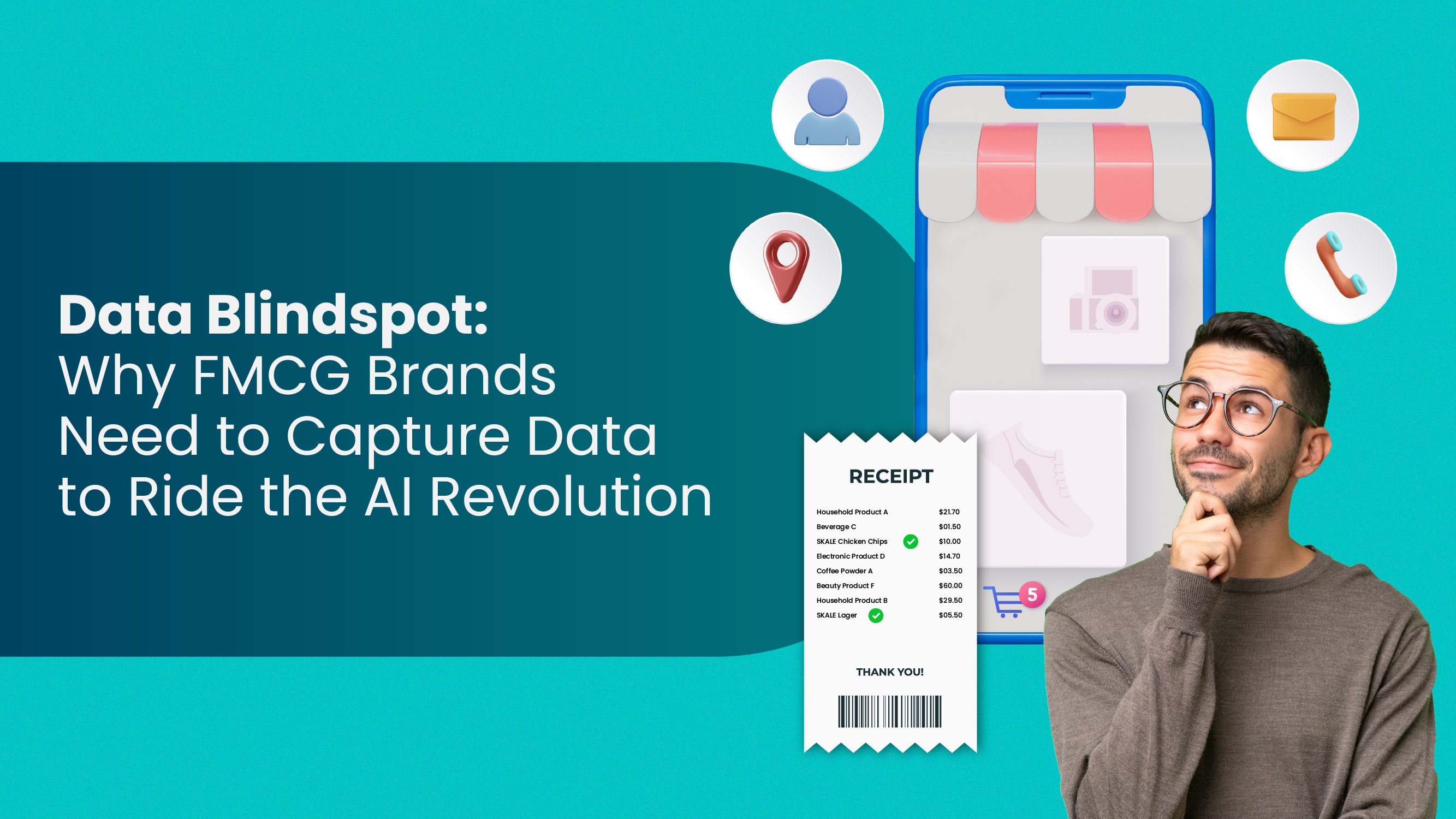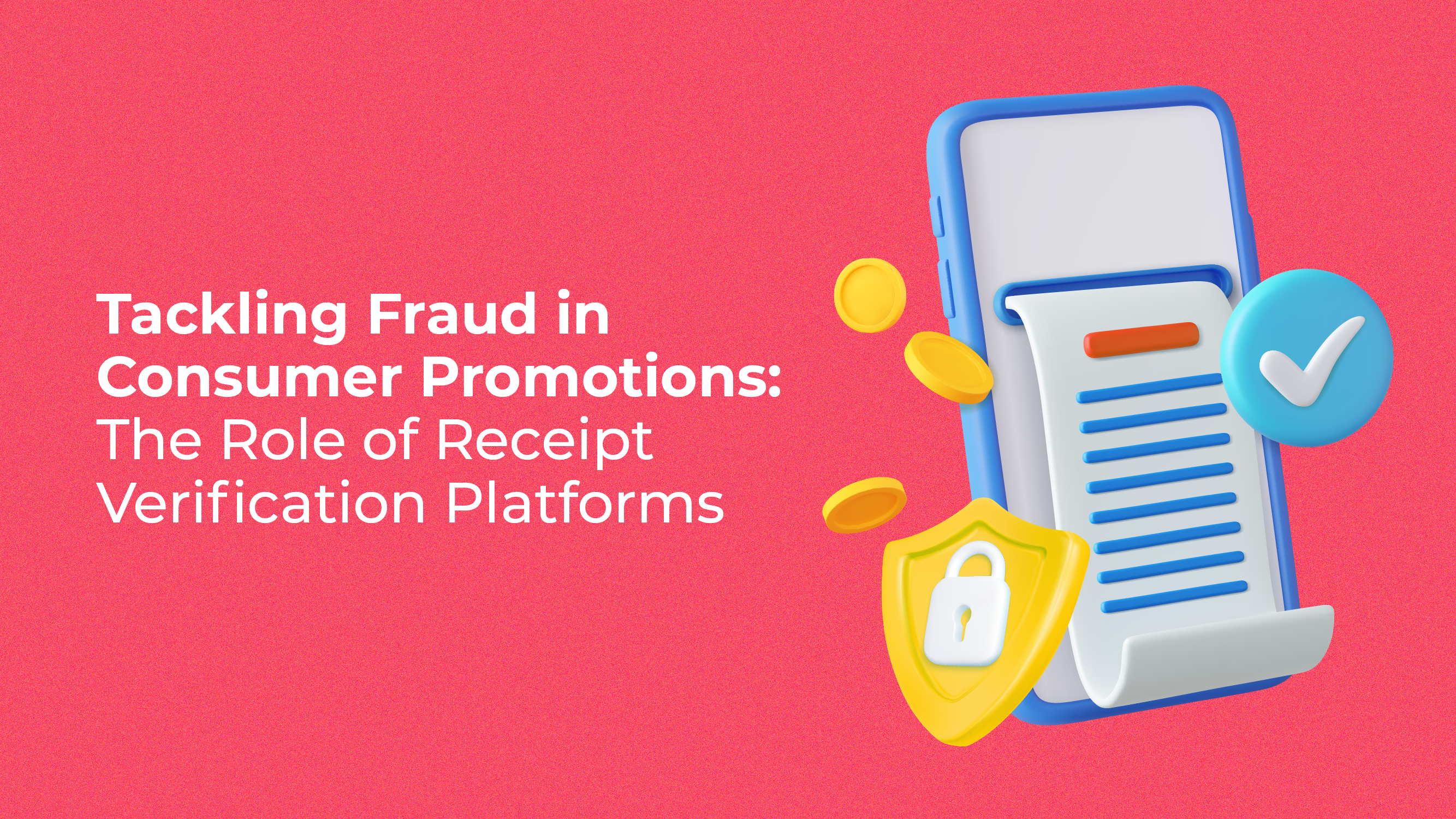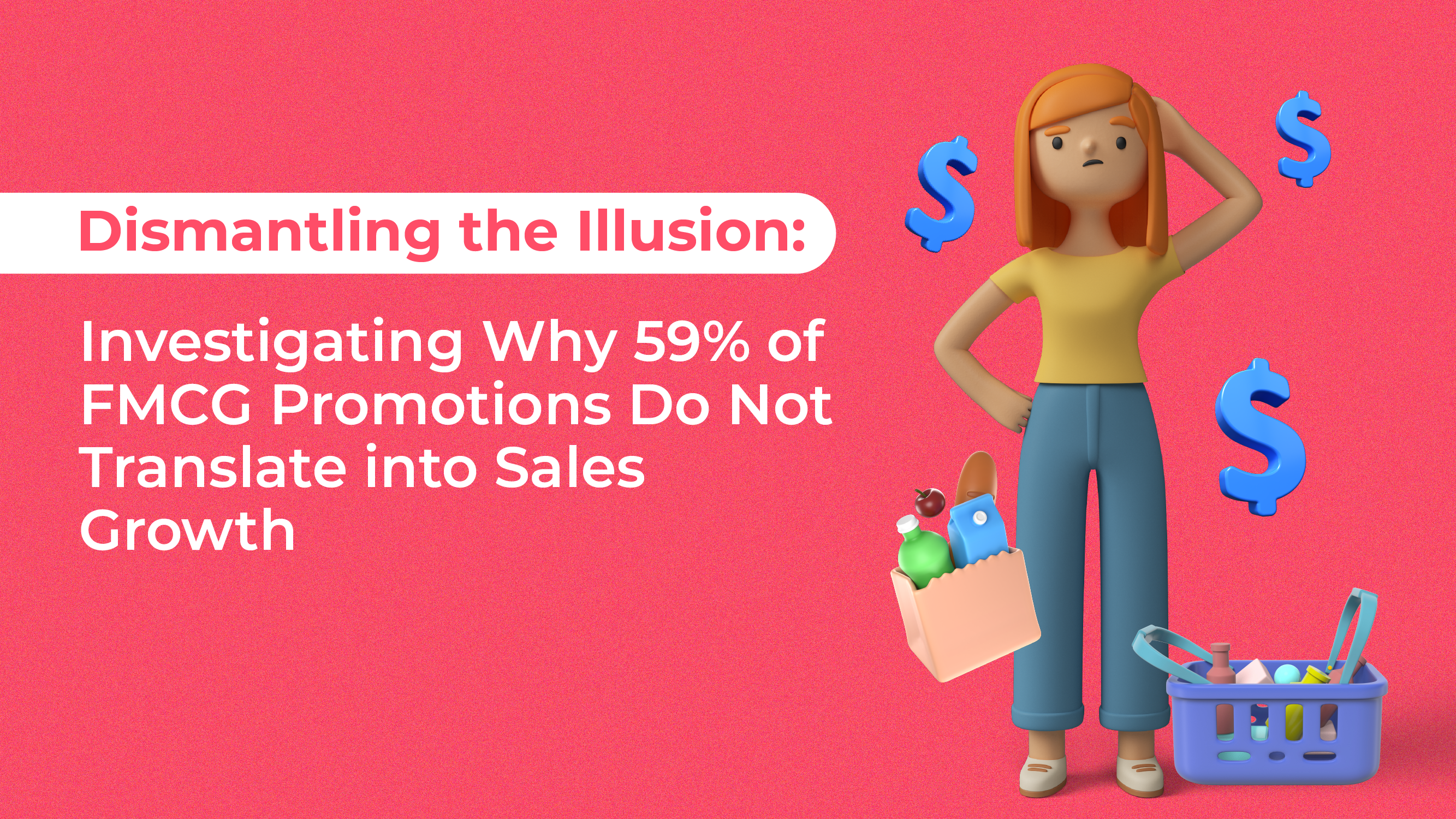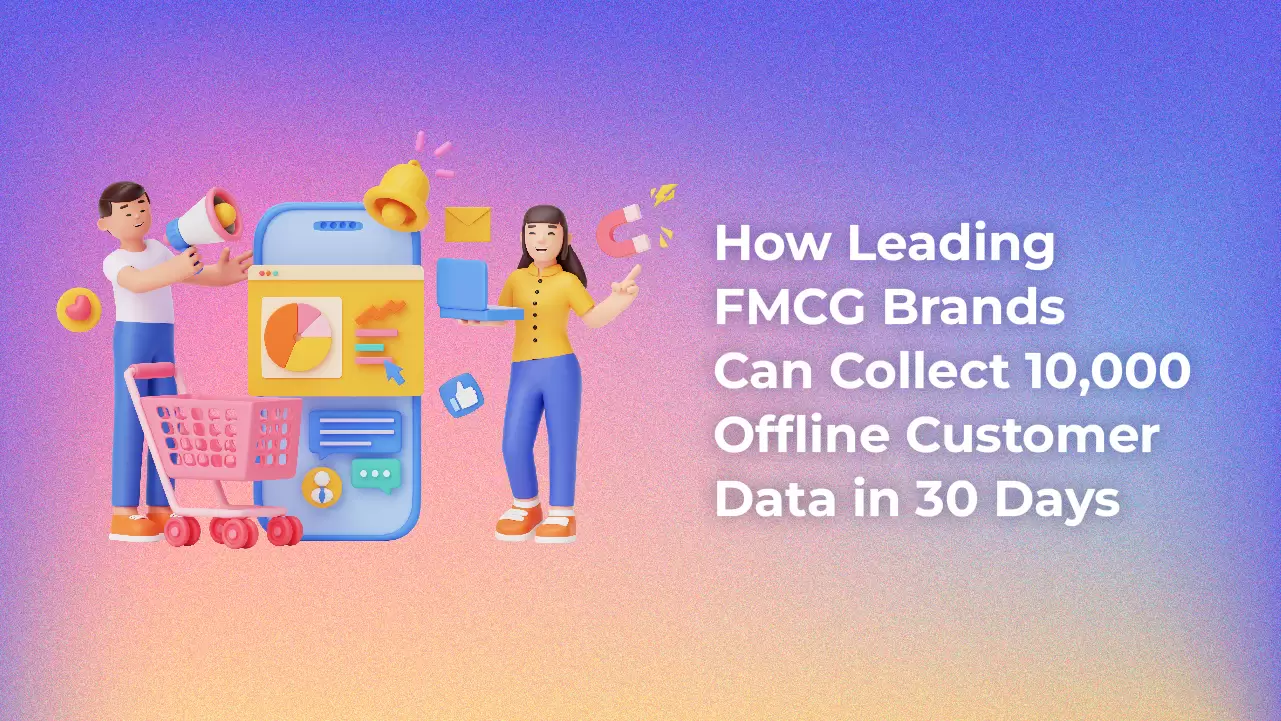When it comes time to raise capital to turn your grand idea into a viable business, crowdfunding may seem like an easy and appealing way to go about it. After all, it takes the pressure off of having to wow venture capitalists, can be done from your living room and can connect you directly with your audience and potential customers.
But crowdfunding isn’t a magic money machine – to have a successful campaign, you need to prepare the same way you would when going into a high-stakes meeting. Ready to get started?
Have a Solid Business Plan, Product
Before you make the decision to submit your product to a crowdfunding platform, make sure that you have all your ducks in a row. Just because you’re courting the general public instead of walking into a meeting room doesn’t mean that you don’t have to put hard work into your business plan. You’ll need to be able to articulate your business model, explain your goals and how you’ll use the money you’re asking for, and go into detail about your product. After all, this is your opportunity to impress your potential customers enough to get them to invest in you.
Know Your Audience, Market and Message [restrict]
When crafting your business plan and creating initial mock-ups of your product, you should also know your market, who your competitors are and how your business and product are different. From there, you should identify your audience – who they are, what they’re interested in, their approximate age, their income bracket, etc. Once you know the market and audience, you’ll be able to expertly tailor your messaging to them in order to better target and reach your potential customers.
Pick A Platform Wisely
There are tons of crowdfunding platforms available these days, and you should put some time into researching the different options. You need to understand the types of products and businesses that perform best on each platform, what their fees are, and if you receive funds only if your entire goal is met. Read the fine print, evaluate which platform is right for you, and then begin optimising your submission materials for both that platform and your audience.
Communicate with Your Backers
Once your crowdfunding campaign has ended and you put the money your backers have invested to work, don’t go radio silent. Your backers are your investors. Send them regular updates on the progress you’re making, any challenges you encounter, and other relevant announcements. They’ll appreciate the communication, will feel included in the process and that their investment was worth it.
Deliver on Your Campaign Promises
Be sure to not just communicate, but to make good on the incentives you promised backers during your campaign. Even if deadlines shift or products change slightly, do your best to deliver to your backers what you promised them – and if you can’t for any reason, devise an incentive that is as good as what you initially offered and let them know why the original offering is no longer an option. You need the backers to be happy with your business, so it’s of the utmost important that you provide what they expect.
With these points in mind, you can get started on deciding if crowdfunding is an endeavour you want to undertake – best of luck!
[/restrict]







